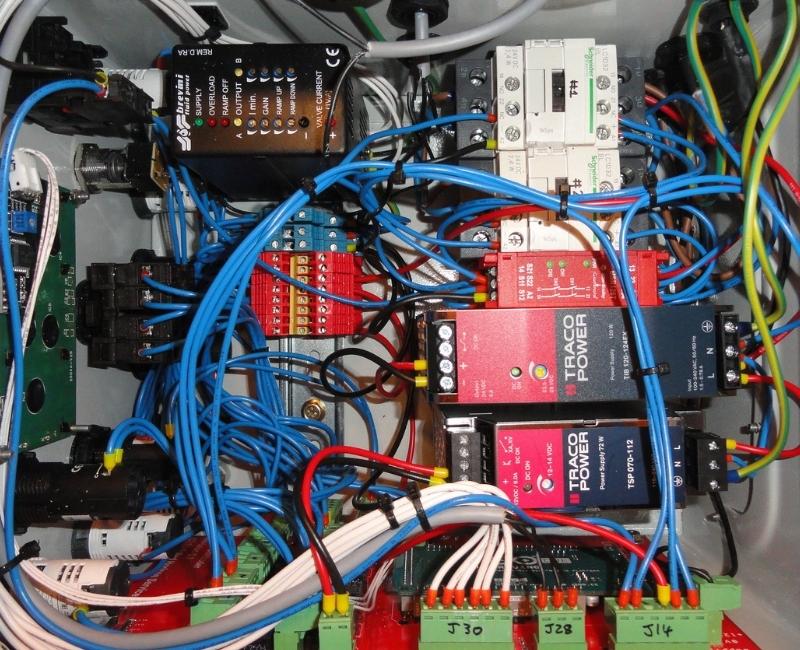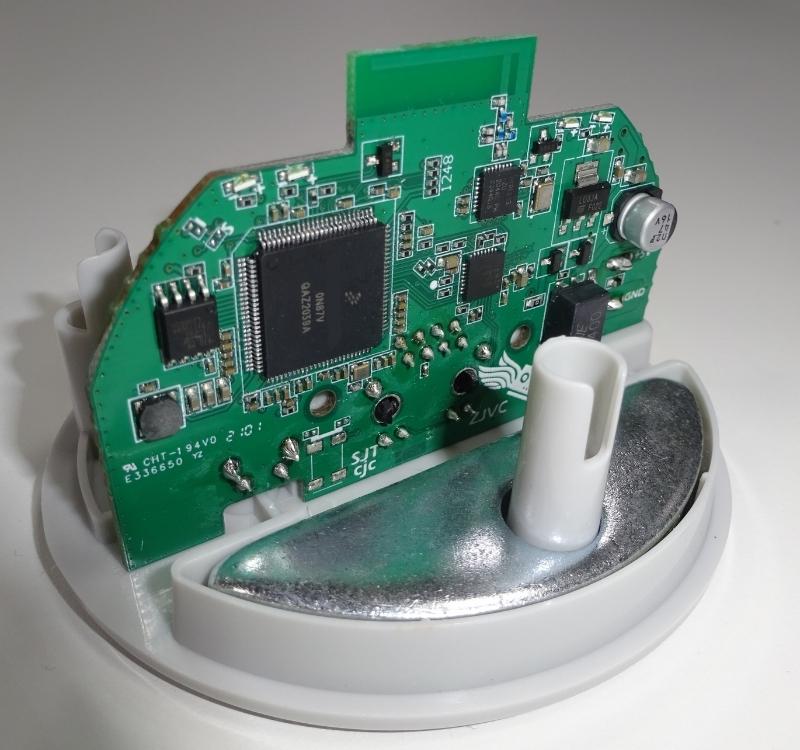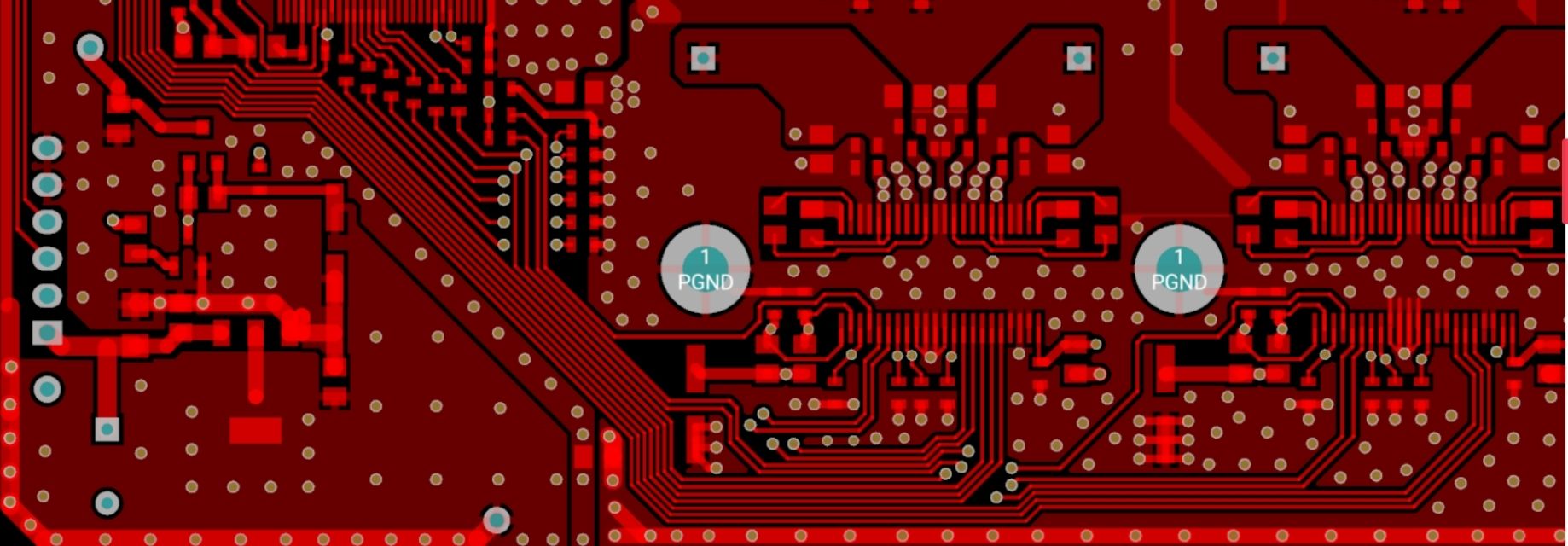How we work
Engineering at the leading edge is primarily about problem solving. People have ideas, but don’t know how to implement them; or they may have a device or design that doesn’t work and no idea how to fix it.
Red Horizon has 30 years of experience in this field, and we’re used to overcoming the obstacles that always occur. While a shotgun approach to solving a problem can sometimes achieve a quick win, it more often leads to a circle of confusion and increased costs. The problem-solving strategies we’ve developed over the years always yield results.
Here are some of the working techniques we apply:
- Have a hypothesis
The first one will probably be wrong, but proving it will provide its own insights. And sometimes the answer is opposite to the obvious, so considering a contrary hypothesis is also fine.
- Debate can be instructive
Never be afraid of ‘putting it out there’ because people will enjoy proving your hypothesis wrong. Don’t immediately believe what they say, ask them to justify useful information. But do own up to your own mistakes. Engineering doesn’t care for ego.
- Is it just one problem?
A problem that’s caused by multiple underlying issues is hard to solve, and experiments and tests can give inconclusive results. So, if your observations make no sense, you may well have more than one problem to solve. Experiencing two wrongs making a right is a strong hint of multiple issues.


- Divide the problem space
An initial look at a problem can be daunting but it’s often possible to divide the problem space. An example would be, can you tell if it’s a software problem or a hardware problem? Being able to decide that halves the size of the problem at a stroke; and repeatedly dividing the problem space can soon reduce it to a much less daunting proposition.
- Don’t take short cuts
Being methodical and recording the journey is key, because revisiting an earlier result may be important. Taking short cuts may cause an inadvertent assumption that something doesn’t matter, and you’ll most likely have to come back at a later stage and do it properly.
- Test assumptions
Assuming previous results have value is a big mistake if the circumstances are different. So, if you’ve made assumptions, test them. They’re likely to be wrong more often than you think. At Red Horizon, whenever we hear the word ‘assume’ it sets off alarm bells. The circumstances are always different.
- Don’t dive in
It’s worth reading around a subject before diving in. With the huge amount of information at our fingertips online there’s no excuse for not seeing what you can find out. Read the datasheet, buy a book even! See if Horowitz & Hill has anything to say. You don’t need to be a genius to solve a hard problem, but you do have to be methodical.
- Believe you’ll win
Every problem has a solution. You just have to believe you’ll find it. The journey may be difficult and indirect, but keep driving. Why not take the time to explain the problem to somebody else? Just the process of talking it through might highlight new areas to explore. And when you’ve found the answer, write down the solution in simple terms because you might be grateful for a simple explanation when you look back later.
- Take measurements
Sometimes it’s worth just taking a lot of measurements to build up a picture of the operation. They might hint at areas where outputs are not as expected, or patterns may emerge which might require a hypothesis to explain. Measurements can be tested.
- Finally… just remember, Murphy’s Law is real.

From a business perspective it’s also important to know when it’s time to talk to someone else. At Red Horizon we’re happy to chat to you about a project to see if we might be able to help. We won’t pressurise you to make a decision but just talking things through with us might be useful, so why not contact us?

Red Horizon Services Limited
Registered address:
The Elms, Lutton, Peterborough, PE8 5ND
Cookie policy
Telephone: + 44 7720 555 785
Email: chris@red-horizon.co.uk
Office Hours:
Mon to Fri 08.30 to 18.00

© 2022
